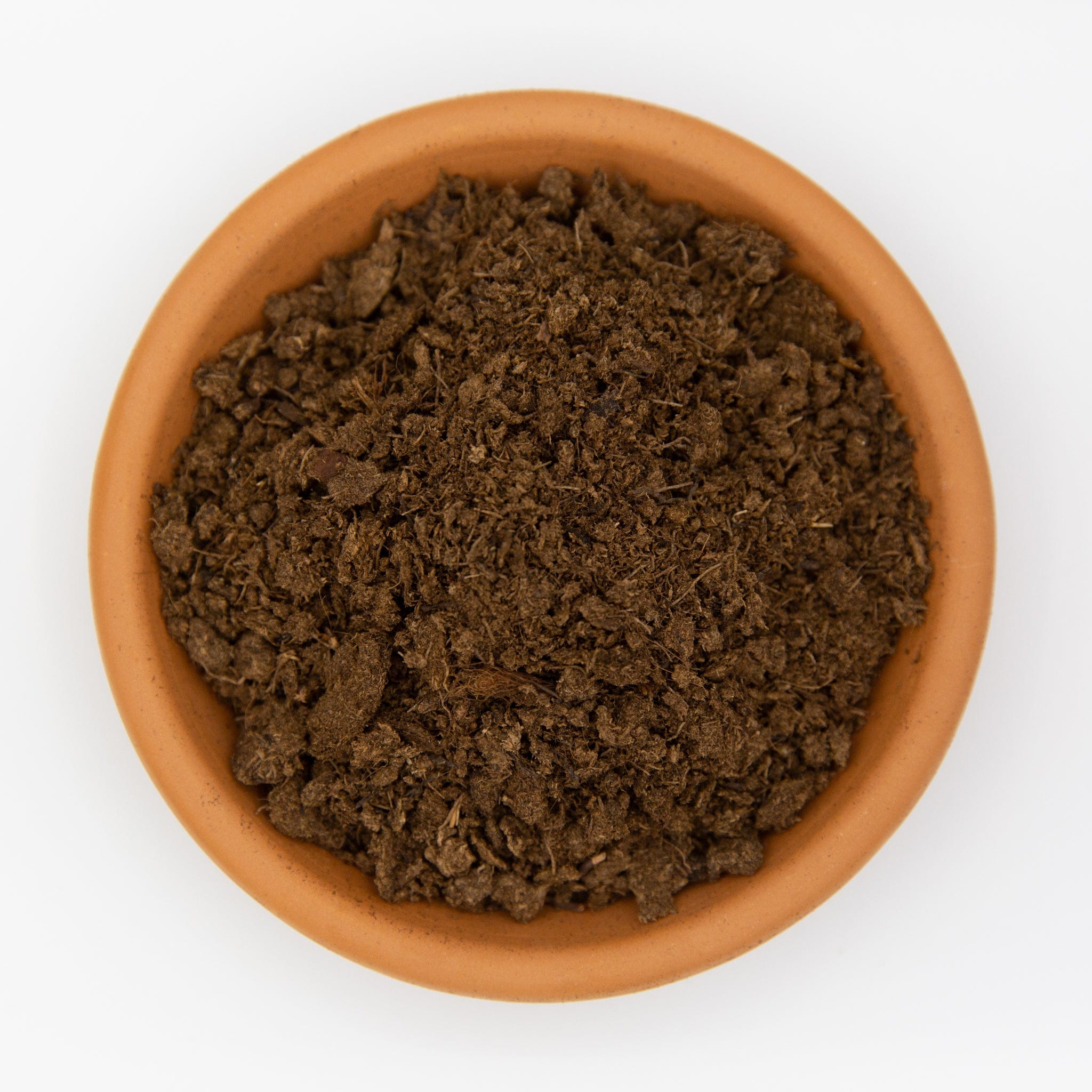Peat moss is a highly beneficial component for enhancing soil quality and promoting robust plant growth.
Peat moss is a natural, organic material harvested from peat bogs, primarily composed of decomposed sphagnum moss. It is renowned for its lightweight, fibrous structure and its ability to retain moisture and nutrients.
Features
-
Moisture Retention: Peat moss can absorb up to 20 times its dry weight in water, ensuring consistent moisture availability for plants.
-
Soil Structure Improvement: Incorporating peat moss into soil enhances aeration and prevents compaction, facilitating healthy root development.
-
Acidic pH: With a naturally acidic pH ranging from 3.5 to 4.0, peat moss is ideal for acid-loving plants such as blueberries and azaleas.
-
Cation Exchange Capacity (CEC): Peat moss has a high CEC, allowing it to retain essential nutrients and release them slowly to plants, enhancing nutrient availability.
-
Low Nutrient Content: While peat moss itself is low in nutrients, this characteristic allows gardeners to customize fertilization to meet specific plant needs.
Why You Should Use Peat Moss
Integrating peat moss into your soil offers multiple advantages:
-
Enhanced Water Management: Its exceptional moisture retention properties help maintain optimal soil hydration, reducing the frequency of watering.
-
Improved Soil Aeration: Peat moss prevents soil compaction, promoting better root growth and overall plant health.
-
Ideal for Acid-Loving Plants: The acidic nature of peat moss creates a favorable environment for plants that thrive in lower pH soils.
-
Nutrient Retention: Its high CEC ensures that essential nutrients are held within the soil, making them readily available to plants over time.
FAQs
-
How should I use peat moss in my garden?
Peat moss can be mixed into the soil at a ratio of 1:1 or 1:2 with existing soil to improve moisture retention and aeration. Ensure thorough mixing to achieve uniform benefits.
-
Do I need to adjust the pH when using peat moss?
Yes, due to its acidic nature, it's advisable to test your soil's pH after incorporating peat moss. If necessary, you can add lime to raise the pH to the desired level for your specific plants.
-
Is peat moss a sustainable choice?
Peat moss is a natural resource, but its harvesting can impact peat bog ecosystems. Consider sourcing peat moss from suppliers who practice sustainable harvesting methods.
-
Can peat moss be used for all types of plants?
While beneficial for many plants, peat moss is particularly suited for acid-loving varieties. For plants preferring neutral to alkaline soils, monitor and adjust soil pH accordingly when using peat moss.


